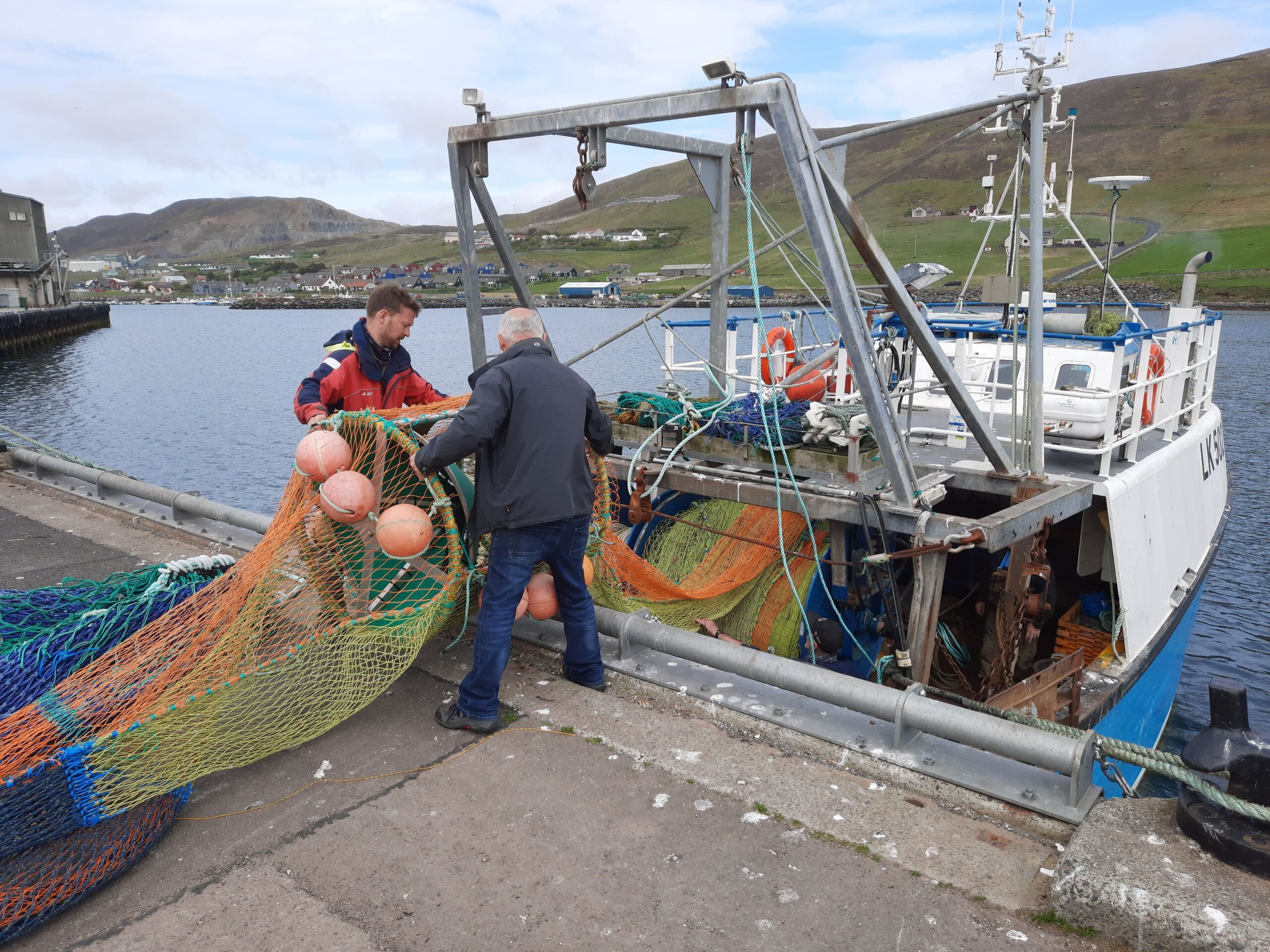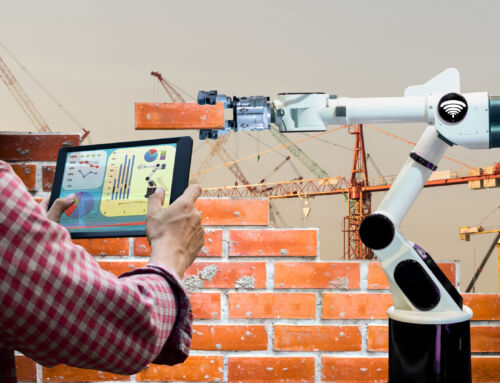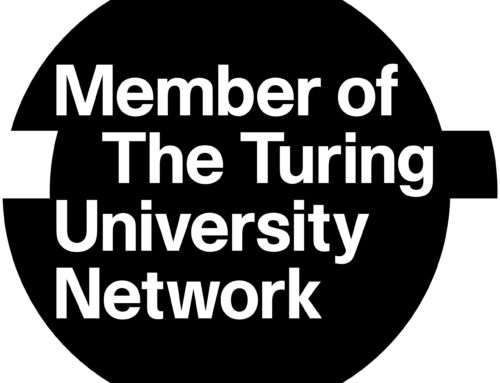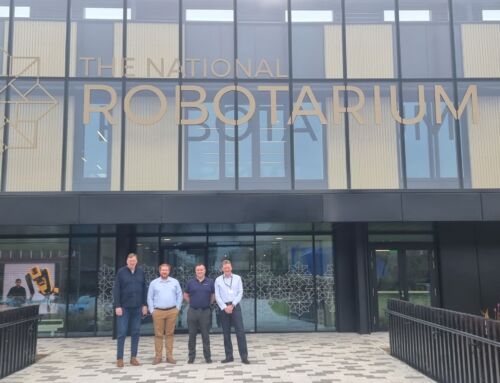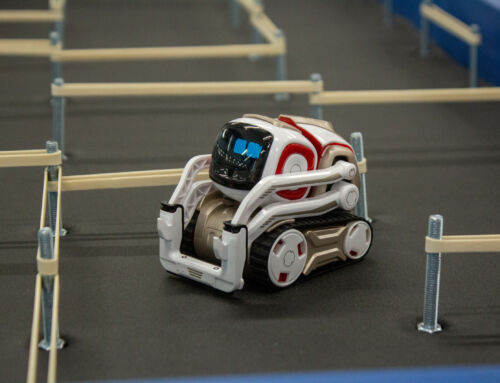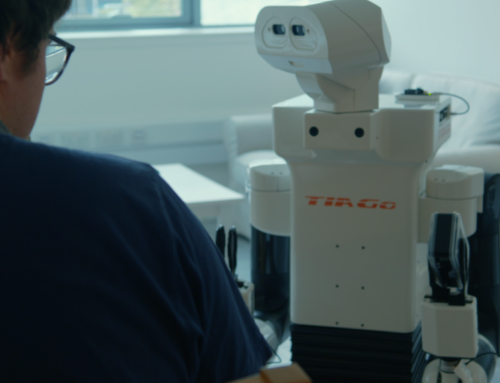An underwater robotic sorting device which helps fishing trawlers prevent bycatch by identifying and sizing fish and other marine life in real-time is being developed by Heriot-Watt University scientists with support from experts in the National Robotarium’s Robotics and Autonomous Systems (RAS) laboratory.
Funded by the UK Seafood Innovation Fund and delivered in partnership with Fisheries Innovation & Sustainability (FIS), Smartrawl uses AI-technology to determine the individual size and species of marine life captured inside a trawl net using images taken by an underwater stereo camera. It then releases or retains each marine animal depending on whether it qualifies against a trawler’s intended catch using a computer-controlled robotic gate.
Trawling is a fishing practice that herds and captures target species, like fish or prawns, by towing a net along the ocean floor. This method of fishing is known to cause discarding and bycatch, where fish or other marine animals are accidentally caught and returned to the sea, most often dead. According to global marine fisheries data, it is estimated that 46% of all marine fish that are discarded come from this method of fishing.
The brainchild of Professor Paul Fernandes based at Heriot-Watt’s Lyell Centre for Earth and Marine Sciences, the Smartrawl sorting device is being supported by experts in underwater autonomous systems at the National Robotarium and designed in collaboration with the UK fishing industry. It is able to fit into existing nets of all sizes of vessels and requires no additional cables due to the device’s patented gate system which works with the force of the water to rotate between open and closed states.
“Smartrawl has been developed to ensure that vessels only catch the fish they’re targeting, releasing other animals back into their natural environment quickly and without harm. As a result, we’re confident that discarding and bycatch could quickly become a thing of the past and our precious marine life preserved.”
Components of the project have already been tested at sea and further trials are scheduled for later this year [2023] in Shetland using the research vessel Atlantia, operated by the University of the Highlands and Islands.
Administered by the Centre for Environment, Fisheries and Aquaculture Science (Cefas), on behalf of Department for Environment, Food and Rural Affairs (Defra), the UK Seafood Innovation Fund supports innovative projects which aim to bring new ideas and technology to the UK seafood sector and is part of the wider UK Seafood Fund.

Paul Fernandes (pictured above), the inventor of Smartrawl, is scientific lead for the project. He is a professor of fisheries science and technology at the Lyell Centre at Heriot-Watt University. He said:
“More than 4 million tonnes of marine fish are unintentionally caught by trawlers around the world every year, as well as bycatch of sharks, rays, dolphins, critically endangered turtles and seabirds. The sad reality is that these creatures, more often than not, are returned to the sea dead or dying.
“Current methods used on trawlers are unable to distinguish between different species and animals or give skippers enough information to build an accurate understanding of the size of individual fish prior to capture.
“Smartrawl has been developed to ensure that vessels only catch the fish they’re targeting, releasing other animals back into their natural environment quickly and without harm. As a result, we’re confident that discarding and bycatch could quickly become a thing of the past and our precious marine life preserved.”
FIS Executive Director, Kara Brydson, said:
“The UK Seafood Innovation Fund supports bold and ambitious tech-driven projects that will enable a step-change in the productivity and sustainability of the UK seafood sector. That perfectly describes Smartrawl, and this grant will take us nearer to our goal of enabling UK fishers to select and retain their high-quality catch while releasing non-target species back into our seas.”

